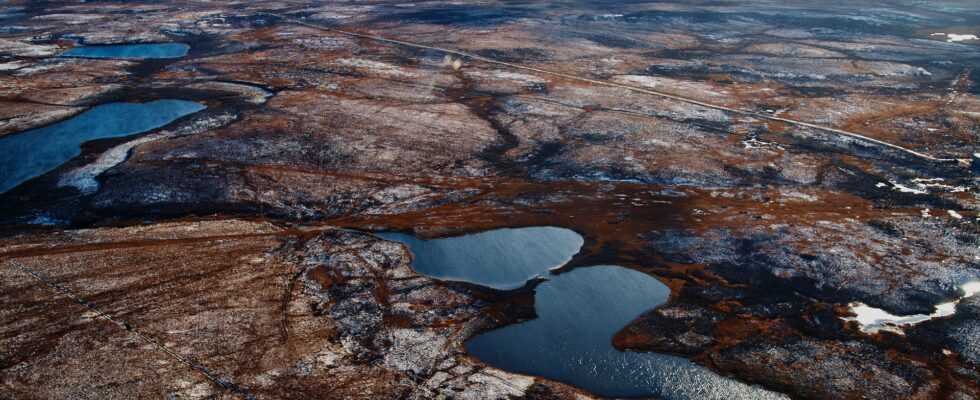The consequences of climate change can be seen particularly clearly in the cold regions of the world. In the Arctic, the temperature has risen by around two degrees Celsius over the past 50 years – more than in almost any other place. This also has consequences for the unique vegetation of the polar region, as Stefan Kruse and Ulrike Herzschuh from the Alfred Wegener Institute report: If global warming is not limited by rigorous climate protection measures, by the middle of the millennium only just under six percent of today’s Siberian tundra in north-eastern Russia, write the researchers in the specialist magazine »eLife«. That would be a catastrophe for the local flora and fauna.
For their study, Kruse and Herzschuh used a model that allowed them to represent changes in the tree line towards the tundra at the individual level. It was found that the Siberian larch forest is expanding northwards at a rate of around 30 kilometers per decade due to the warmer temperatures. The tundra, which is bordered on the other side by the Arctic Ocean, will continue to shrink until it has almost completely disappeared from the scene by the middle of the millennium.
The researchers also modeled what would happen if climate protection measures managed to keep global warming below two degrees Celsius. In this case, a large part of the tundra would also be lost, but around 30 percent could probably be saved. However, these would be limited to two widely separated areas on the Taimyr peninsula in the west and Chukotka in the east.
“If we continue like this, this ecosystem will disappear in the long term,” explains Eva Kleberlsberg from WWF Germany, who works together with the Alfred Wegener Institute for the designation of protected areas, in a press release. It is therefore already important to expand the protected areas and strengthen protective measures in order to save what can still be saved and to preserve the unique biodiversity of the tundra. The Siberian tundra, whose vegetation is mainly characterized by lichens, mosses, grasses and dwarf shrubs growing over permafrost, is home to numerous animal and plant species that have adapted over time to the extreme weather conditions. The former include reindeer and arctic bumblebees, while the latter include mountain avens and arctic poppies.
